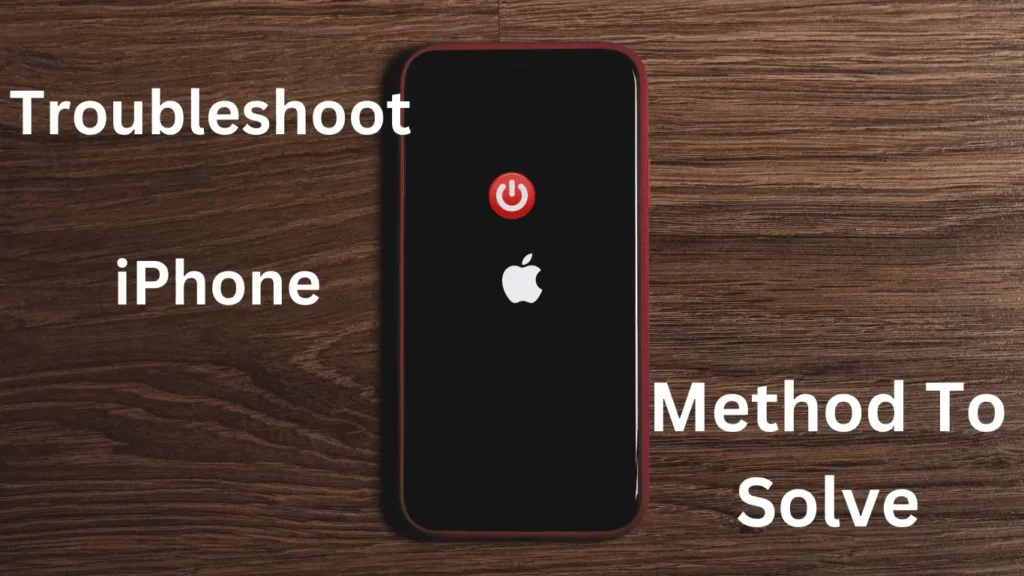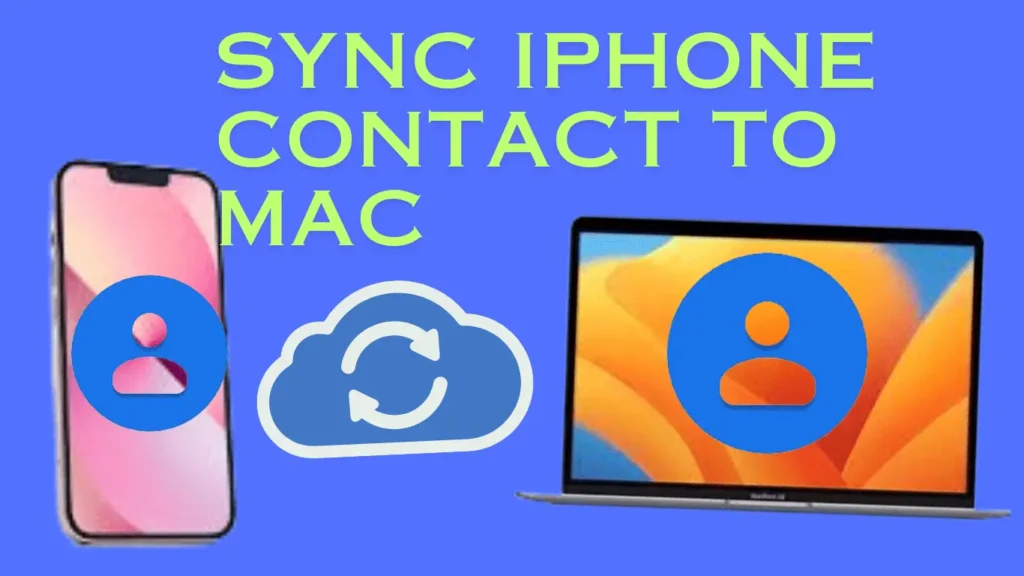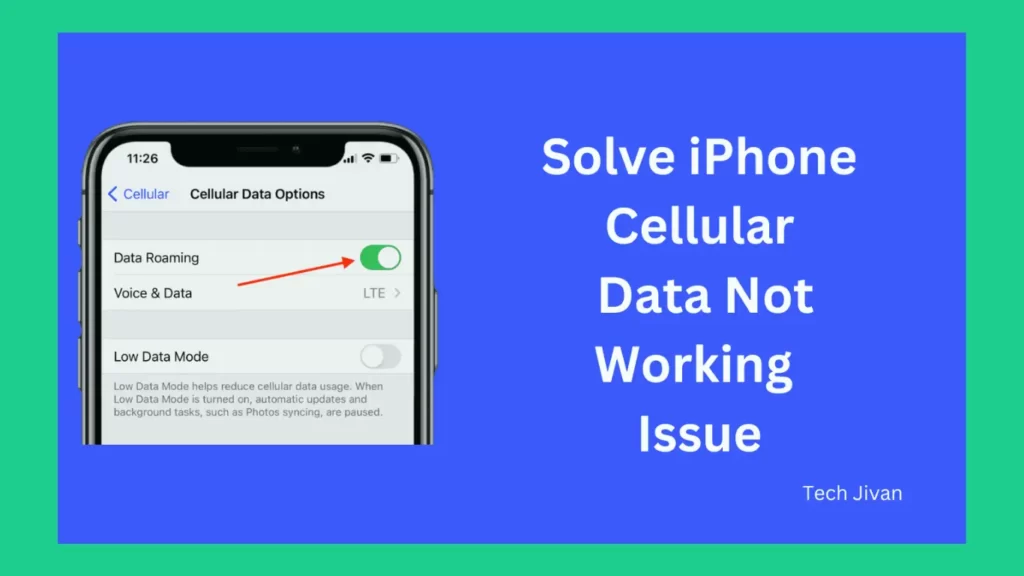
Are you dealing with a lifeless iPhone that is displaying a black screen? But don’t worry, you can fix it yourself. If you are facing a problematic situation where your iPhone won’t turn on, it’s essential to remain calm and explore troubleshooting methods.
In this guide, we’ll explore some of the best methods to solve the iPhone won’t turn on problem. Let’s delve into effective methods to revive your iPhone and get it working again.
Table of Contents
Why Does My iPhone Won’t Turn On?
If your iPhone refuses to turn on, you’re wondering, “Why Does My iPhone Won’t Turn on?” There are several reasons for this issue:
- Primarily, a depleted or faulty battery might be the reason.
- Physical harm to the screen or the device is another potential factor.
- Water damage to internal components can also render your iPhone inert.
- On the software front, system glitches, unsuccessful iOS updates, or incompatible apps may induce unresponsiveness.
- Additionally, connectivity issues among internal components could be contributing to the problem.
That’s it; When troubleshooting, consider these factors to identify and address the underlying cause of your iPhone’s reluctance to power up.
The Methods To Troubleshoot iPhone Won’t Turn On problem
If your iPhone is unresponsive and fails to turn on despite charging, there are some troubleshooting methods you can attempt before seeking professional service.
Method 1: Force Restart Your iPhone
If your iPhone 14 won’t turn on or has a black screen, a force restart, also known as a hard reset, can help.
For iPhone 8 and later models, quickly press and release the volume up key, then the volume down key, and finally, hold the power button until the Apple logo appears.
On iPhone 7, press and hold the volume down and power button. For iPhone 6, 6s, or SE (1st-gen), press and hold the power and home buttons.
If the problem persists, consider these steps:
Step 1: Check for misbehaving apps; uninstall any causing issues.
Step 2: Clear iPhone cache and system data regularly to prevent startup interference.
Step 3: If the problem persists, back up your data and perform a factory reset.
Read Also: The 8 Best Music Editing Software Of 2024
Method 2: Charge Your iPhone
To revive your seemingly lifeless iPhone – no sound, no vibration, and a completely black screen- the battery likely has fully discharged, preventing the system from booting up.
To resolve this, use an MFi-certified charging cable and adapter, ensuring a reliable power source.
Allow the phone to charge undisturbed for approximately 30 minutes. Afterward, check if the issue of your iPhone 13 not turning on has been resolved.
If the phone doesn’t respond when connected to the charger and there’s no charging indication, inspect the lightning port using a flashlight. If it appears clogged, clean the port.
While doing so, inspect the lightning cable for any signs of damage, such as bends, kinks, frays, or breaks. If the cable seems faulty, replace it with a functioning one.
Method 3: Check Your iPhone Is Overheating
If your iPhone becomes excessively hot, it could lead to a shutdown with a black screen. This is because iPhones, like other smartphones, function optimally within a temperature range of 32 to 95 degrees Fahrenheit.
Exposure to extreme temperatures, such as leaving your phone in a hot car or prolonged heavy gaming, may cause overheating. If your iPhone feels too hot to handle, it’s advisable to let it cool down before turning it back on.
Method 4: Solve The Hardware Issues
If your iPhone refuses to power on, even after a hard reset or fails to respond to charging attempts, there may be underlying hardware problems. Potential issues include:
1. Physical Damage: A recent hard fall could have caused damage to the display or internal components, hindering your iPhone’s ability to turn on.
2. Water Damage: Submerging your phone in water or exposing it to heavy rain may lead to internal component failure, resulting in your iPhone not turning on.
3. Manufacturing Defect: Though rare, if a new iPhone doesn’t power on even after charging, there could be a manufacturing defect.
To troubleshoot:
Connect your iPhone to a Mac or PC; if recognized, it indicates the device is powered on. Proceed to back up crucial data for future restoration after repairs or replacement.
If your computer doesn’t recognize the iPhone, move to step 7 after attempting these steps.
Read Also: Exploring The 10 Best Roblox Games Of 2024
Method 5: Update iOS In Recovery Mode
To update iOS in Recovery Mode when your iPhone is stuck at the Apple logo or elsewhere during startup, follow these steps:
Step 1: Connect your iPhone to a computer. On macOS Catalina or later, use Finder; on older Macs or a PC, open iTunes and click the iPhone icon.
Step 2: Force restart your iPhone to enter Recovery mode.
Step 3: Hold the buttons until the Recovery mode screen appears, then release them.
Step 4: Choose Update when prompted after seeing the Recovery mode screen on your computer.
Step 5: If the update fails, opt to restore your iPhone, but be aware that this will erase all data and settings.
Step 6: Confirm your decision and follow on-screen instructions. Your computer will download the latest software update, and the process may take up to 15 minutes.
Step 7: After completion, your phone will restart automatically.
Method 6: By Using DFU Mode Update iOS
This method involves using DFU Mode to update iOS but refrain from attempting it on iPhones with physical or liquid damage, as it may render your phone unusable.
If the previous methods haven’t resolved the issue of your iPhone not turning on, consider resorting to Device Firmware Update (DFU). DFU is a deep restoration process that goes beyond Recovery mode, bypassing iBoot to restore iOS to its original state.
DFU is particularly useful for addressing complex software errors causing a black screen or preventing the iPhone from turning on. It’s recommended for scenarios like the iPhone 13 Pro displaying a black screen or an iPhone 14 Pro Max refusing to turn on.
Be aware that DFU Restore erases all data on your iPhone, including media, contacts, apps, and email accounts. Ensure you back up essential data before proceeding.
Follow These Steps:
Step 1: Connect your iPhone to a Mac or Windows laptop using a certified lightning cable.
Step 2: On Macs with macOS Catalina or later, open Finder. On Windows or older Mac versions, launch iTunes.
Step 3: For iPhone 8 and later models, quickly press and release the volume down button.
Step 4: Next, quickly press and release the volume up button.
Step 5: Hold the side/power button until your screen goes completely black.
Step 6: While still holding the side/power key, press and hold the volume down button.
Step 7: After 5 seconds, release the side/power button, but keep holding the volume down button until your iOS device appears in iTunes or Finder.
Step 8: Release the volume down key and follow the on-screen instructions.
Step 9: Once the process is complete, force restart your iPhone to exit DFU mode.
If successful, your phone should turn on, presenting a locked screen waiting to be unlocked.
Read Also: 10 New Technologies Transforming The Digital World In 2024
Method 7: Contact Apple For Assistance
If all your attempts have failed to resolve the issue, there may be a hardware problem with your iPhone, such as a faulty circuit board, damaged screen, broken buttons, or a component failure.
It’s advisable to reach out to Apple for assistance. Making an appointment at the Genius Bar is recommended to minimize waiting time during the repair process.
Conclusion
So our article ends here. This problem happens to many people, so it is very important to address it.Here in this article, we have given some best methods to troubleshoot iPhone Won’t Turn On problem. We hope that your problem has been solved by our guide.
Frequently Asked Questions
Q. How can I reboot my iPhone when the screen is black?
Ans: To reboot an iPhone with a black screen, press and release the volume up button, then the volume down button, and finally, press and hold the side button until the Apple logo appears.
Q. What causes an iPhone to be stuck on a black screen?
Ans: An iPhone may get stuck on a black screen due to factors like a depleted battery, software issues, malfunctioning apps, or physical damage to the device.
Q. Can you force start an unresponsive iPhone?
Ans: If your iPhone is unresponsive, force restarting is recommended. Press and quickly release the volume up button, followed by the volume down button, and then hold the side button until the Apple logo appears.
Q. How can I determine if my iPhone is completely dead?
Ans: Your iPhone is likely completely dead if it refuses to turn on or reboot even when connected to power. If plugging it in revives the device, consider looking into battery replacement.







